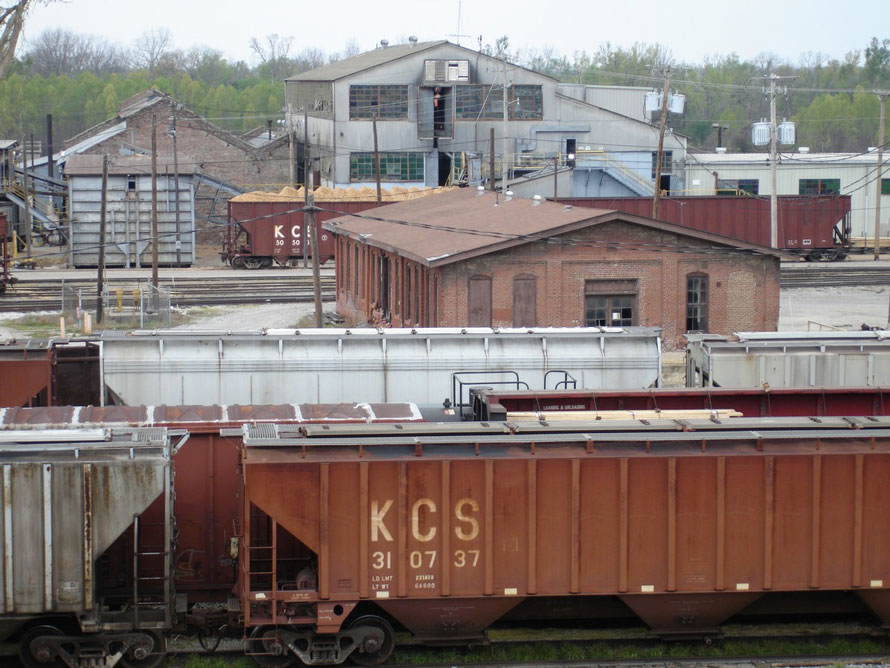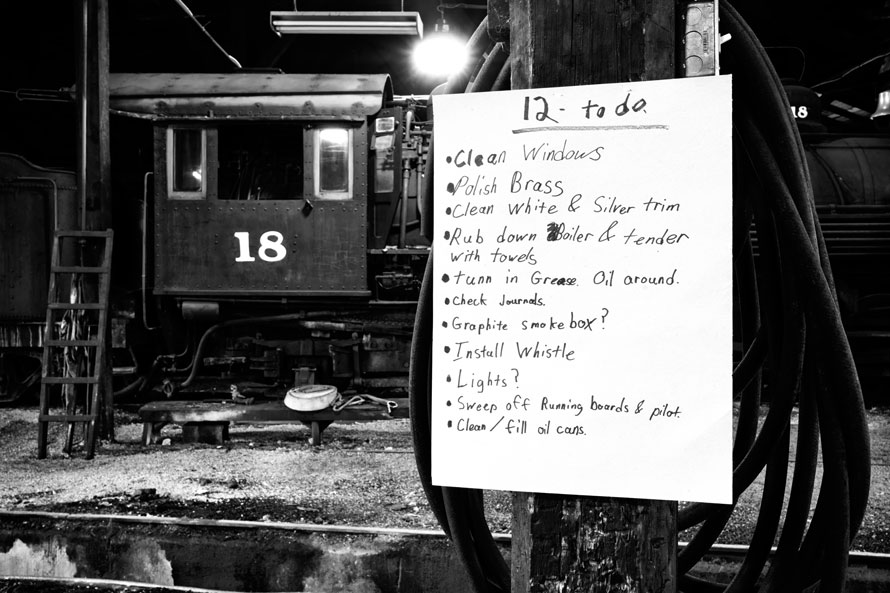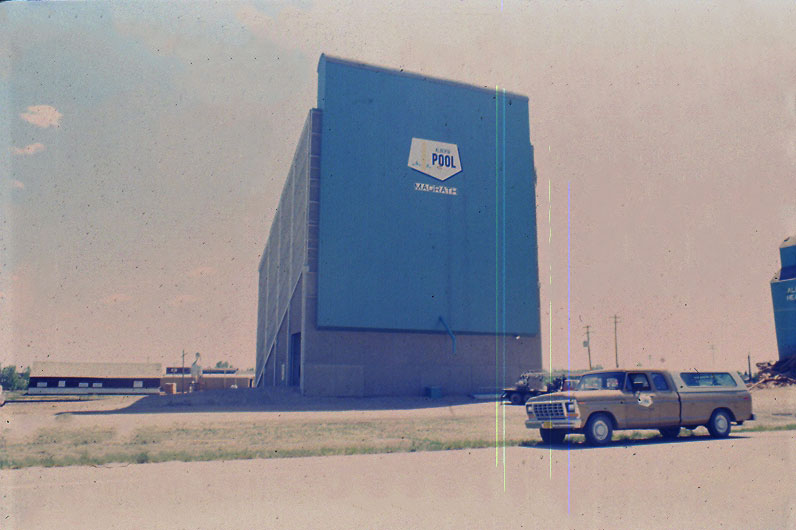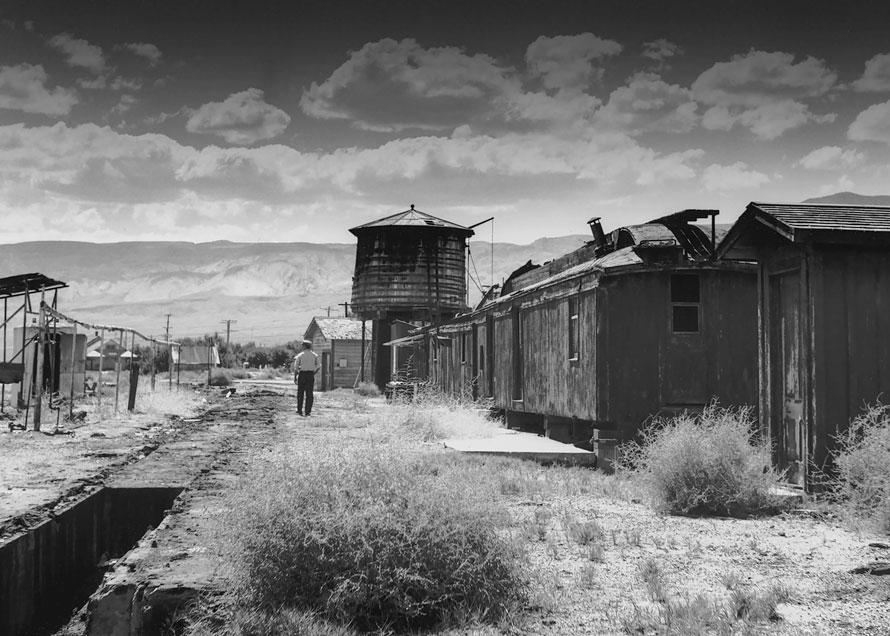Indianapolis, Indiana, was once a crossroads with numerous railroads calling. The Monon, Big Four, Pennsylvania, Illinois Central and Baltimore & Ohio all called there. Much of the traffic funneled through Indianapolis Union Station, a downtown structure that served all five roads and still stands today.
On the east side of the station, this large brick tower was built to control the many tracks through the station and the interlocking plants at either end. The tower remains today and while it is no longer manned, it continues to house signal equipment.
Read more


